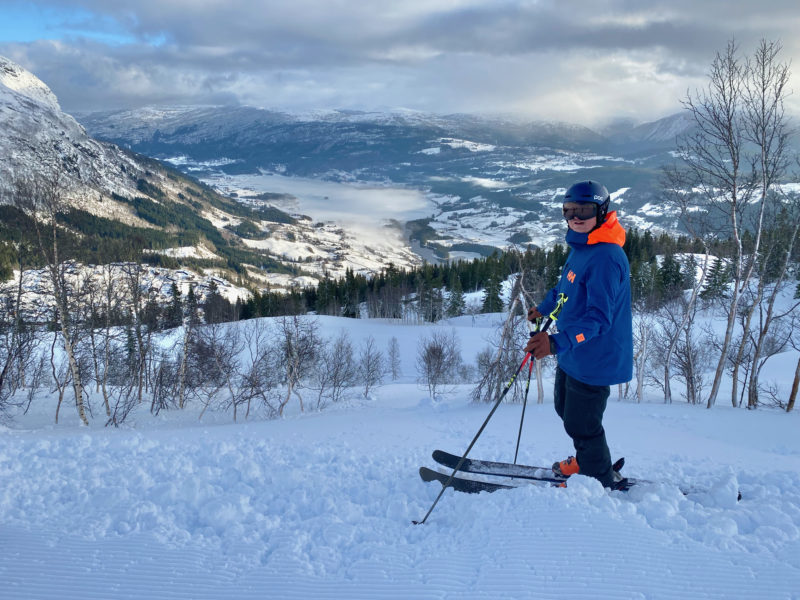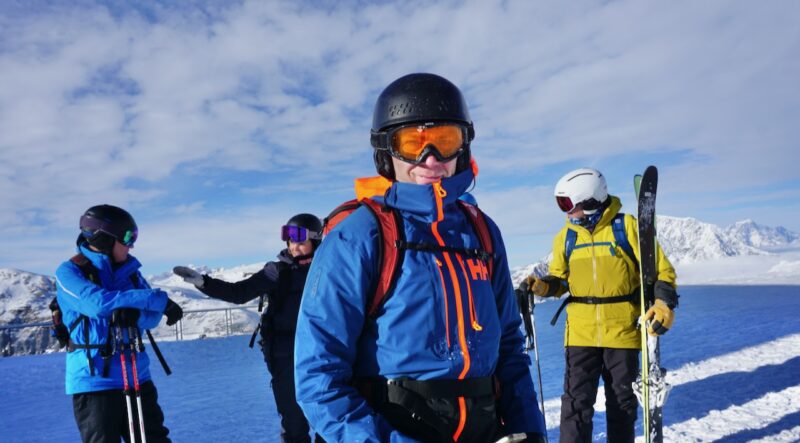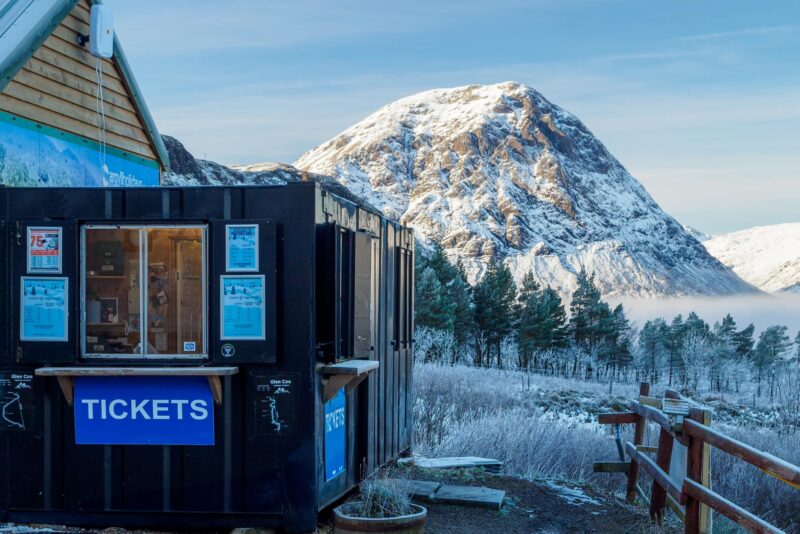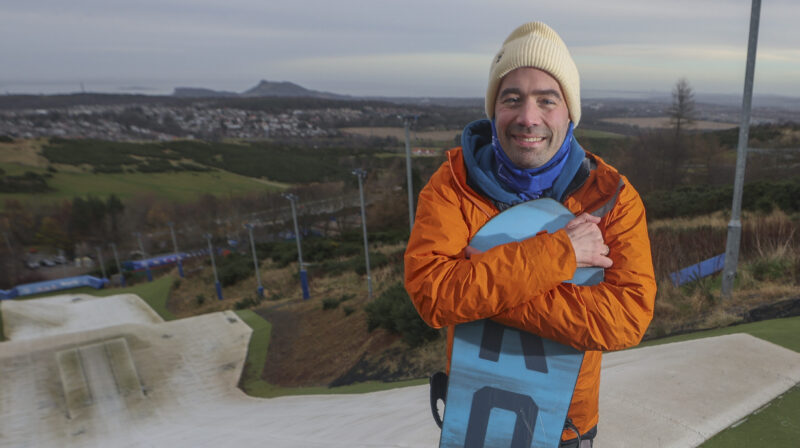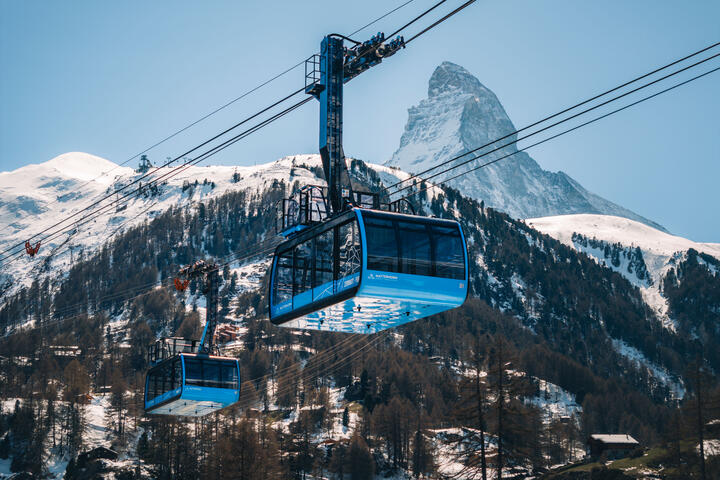New Initiative to Fight Impact of Climate Change on Snowsports
3rd October 2024
The International Ski and Snowboard Federation, FIS, and the World Meteorological Organisation, WMO, have announced a new partnership to raise awareness of the fact that winter sports and tourism face a bleak future because of climate change. NEW
The new Memorandum of Understanding commits the organisations to work together to highlight the far-reaching impacts of rising global temperatures on snow and ice cover.
It aims to establish practical initiatives to strengthen scientific and sporting dialogue.
This is the first time that the United Nations’ specialised agency has partnered with an international sports federation.
There is though little specific detail on actions to be taken at this stage.
“Ruined winter vacations and cancelled sports fixtures are, literally, the tip of the iceberg of climate change,” said the WMO Secretary-General, Celeste Saulo, as the initiative was launched.
“Retreating glaciers, reduced snow and ice cover and thawing permafrost are having a major impact on mountain ecosystems, communities and economies and will have increasingly serious repercussions at local, national and global level for centuries to come.”
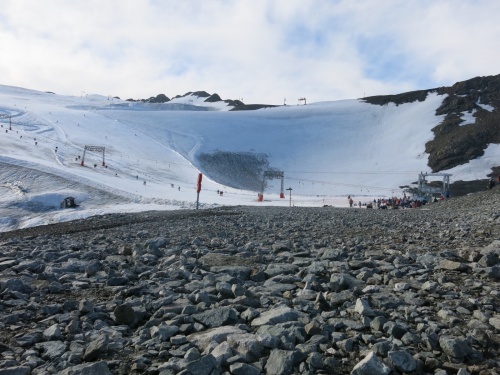
Alpine glaciers. Image © PlanetSKI.
“The climate crisis is obviously far bigger than FIS, or sports, for that matter: it is a genuine crossroads for mankind,” said the FIS President, Johan Eliasch.
“It is true, though, that climate change is, simply put, an existential threat to skiing and snowboarding.
“We would be remiss if we did not pursue every possible effort that is rooted in science and objective analysis.
“This is what we are trying to follow and what is at the core of this promising partnership with the WMO.”
In 2023/24, FIS organised 616 World Cup races among all disciplines, spanning across 166 venues.
26 races were cancelled for weather-related reasons.
We reported on it on PlanetSKI:
- World Cup racing once again hit by bad weather
- Poor weather leads to cancellation of Zermatt/Cervinia downhills
It should be pointed out that climate change could lead to more snow at altitude according to scientific predictions.
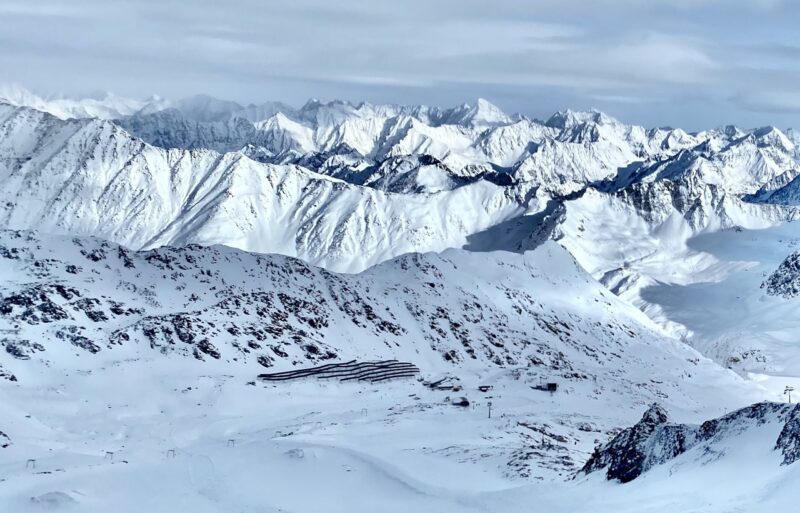
Austrian Alps. Image © PlanetSKI
The Agreement
The agreement enters into effect ahead of the 2024/2025 winter season and is set for an initial period of five years with the possibility of automatic renewal.
“It paves the way for a broad scope of joint activities and initiatives that bring the science-based data and expertise of the WMO and its National Meteorological and Hydrological Services to the heart of snow sports and mountain tourism, an area in which the impact of climate change is becoming increasingly evident,” said a press statement from FIS.
Every year, the two parties will define the slate of initiatives to be implemented, and the first ones are planned for the next few weeks.
On 7th November, the partnership will host a webinar for all 137 National Ski Associations, as well as venue managers and event organisers.
It will focus on climate change and its potential impact on snow and ice and snow sports, including an overview on advancing forecasting tools in support of optimising snow management around ski resorts.
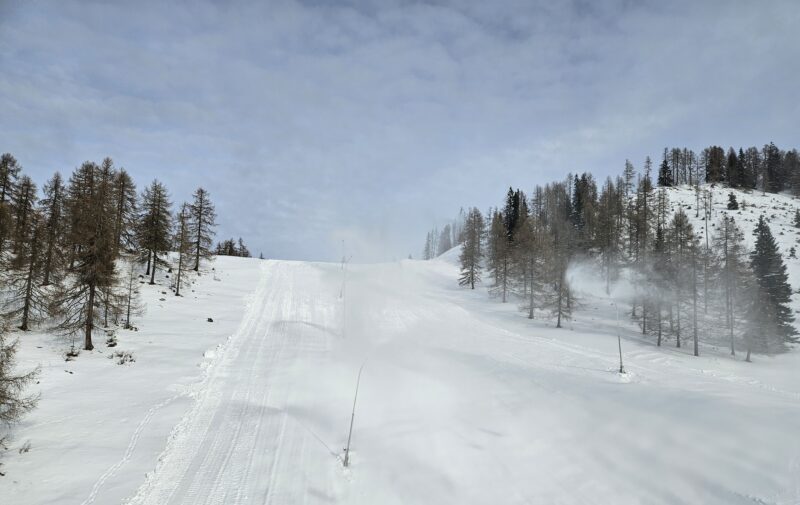
Snow cannons at work in St Oswald in the Bad Kleinkirchheim ski area. Image © PlanetSKI
Changing snow cover
A number of studies have explored the impact of climate change on winter sports and tourism, as these are substantial components of the economy of mountainous and Nordic regions.
A study by French and Austrian scientists published in 2023 in Nature Climate Change that focused on 2,234 ski resorts in 28 European countries found that “without snowmaking, 53% and 98% of these resorts are projected to be at very high risk for snow supply under global warming of 2 °C and 4 °C, respectively.”
The study highlighted the broader environmental and climate challenges including the need to limit global warning through a reduction of greenhouse gas emissions.
Switzerland, which hosts both FIS and WMO, has conducted detailed climate change scenarios.
Alpine glaciers have lost about 60% of their volume since 1850.
Moreover, at altitudes below 800 meters, the number of days with snowfall has halved since 1970.
Precipitation falls as rain rather than snow, according to the Swiss federal office of meteorology and climatology MeteoSwiss.
50 years ago, the zero-degree level was at around 600m above sea level.
Today the level is at around 850m.
The Swiss Climate Change Scenarios CH2018 predict that the zero-degree level will climb a further 400‒650m by 2060 without climate change mitigation.
This will take it to an altitude of around 1,300–1,500m.
Here at PlanetSKI we look forward to reporting on when specific measures and actions are announced from the International Ski and Snowboard Federation and and the World Meteorological Organisation.

Mont Fort glacier, Verbier. Image © PlanetSKI
70% of Earth’s fresh water exists as snow or ice and around 10% of Earth’s land area is covered by glaciers or ice sheets.
Changes in the cryosphere, the frozen parts of the Earth system, therefore affect the entire planet.
Over the last decades global warming has led to widespread shrinking of the cryosphere.
According to the Intergovernmental Panel on Climate Change, we are witnessing:
- The melting of the Greenland and Antarctica ice sheets and glaciers
- Reductions in snow cover
- Thickness and thawing of permafrost in the Arctic and mountain regions
The thawing of frozen ground in mountain, arctic and sub-arctic regions has direct consequences on the stability of infrastructures build on it, as well as contributing to increasing the amount of carbon in the atmosphere.
The changes in snowfall and snow cover not only have an effect on winter tourism, but also hydropower and transportation.
Related Articles:
- FIS unveils its sustainability plans
- Swiss glaciers lose 10% of volume in past 2 years
- Austrian Alpine Club calls for urgent action to protect glaciers
- Threat to Italian glaciers increases
- Austrian glaciers likely to melt by end of the century
- Covering glaciers: An expensive way of preventing the ice melting




